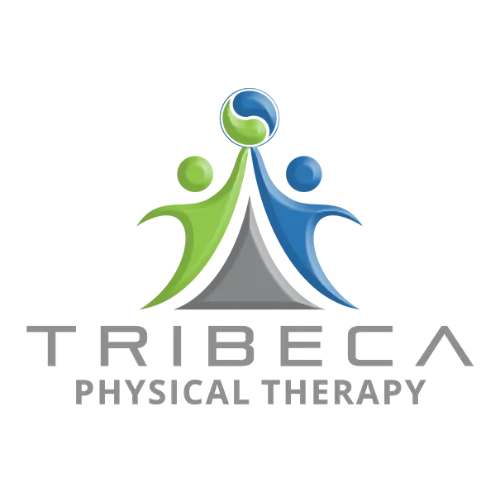Physical therapy intends to rehabilitate and restore normal physical functions post-injury or when suffering from a medical condition that affects movements. It should help a patient to feel and return “back to normal” — prior to experiencing the pain and issues. The physical therapy techniques will help optimise the affected muscles, tendons, and joints, and bring about progressive recovery and healing.
Physical therapy executes exercises and modalities that a patient will diligently need to do. By a certain point of the prescribed program, the patient should already experience improvements on his or her condition. But how can one determine if the physical therapy program is working? There are 3 ways to tell:
Feedback & Survey
Having the patient answer a feedback or survey questionnaire will provide a subjective review on the effectiveness of the therapy program. The patient can be asked to rate on how better they feel or how “more normal” they think they are during or after the therapy. This set of information represents their interpretation regarding the improvements they feel that they are having. The questions in these types of surveys are carefully curated and are based on medical and clinical research.
Test Via Machines
Machines that can measure strength, such as the isokinetic dynamometer, will provide the objective assessment on the success of the therapy program. The machine will determine the levels of improvements in terms of the patient’s strength, flexibility, range of motion, and function. The results generated from the machine’s assessment will be compared with the baseline data from when the therapy was started, or versus the medical standards set for a specific body function.
Actual Movement or Function Test
Another way to measure improvement is by actual demonstration of the desired improvements. For example, the patient may be asked to do key movements and functions, such as walking, squatting, jumping, running, jumping, or pivoting. Being able to do these tasks without causing pain, swelling, difficulties, or limitations in movement, the therapist will be able to determine the patient’s progress and fitness to go back to normal work or activity.
Using all of these three ways will provide a more conclusive view to assess improvements and effectiveness of a physical therapy program. Combining the patient’s personal review, with an objective measure and actual exhibition on the physical abilities will give a holistic assessment. It is beneficial to conduct these assessment tests throughout the therapy program to measure progress.
Any physical therapy program should bring about the ideal state of function. If these corroborated assessments would reveal poor progress despite diligence in doing the routines, then the program may have to be revisited or consider changing the therapy provider. The patient has to ensure though to consider the typical time it takes the tissues and bones to heal, and for the muscles to build flexibility and strength. The improvements may take time for most. Positive improvements may not be obvious on some days, but as long as the exercises are done correctly and consistently, then the progress should be certain.
Tribeca Physical Therapy employs competent and qualified therapists and offers effective and beneficial therapy techniques that will help you towards the road to complete healing and recovery. Book an appointment with them today.



